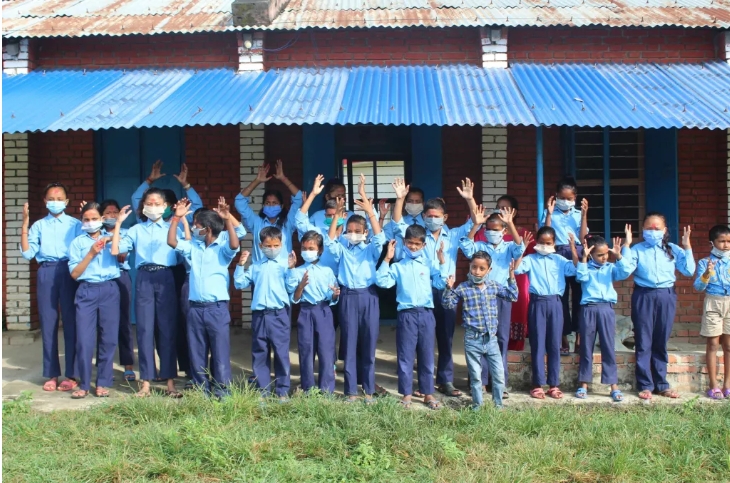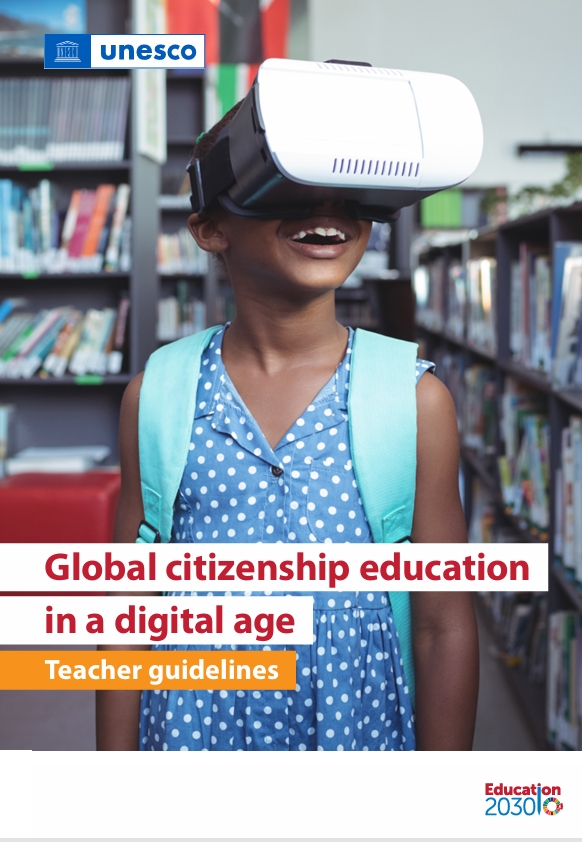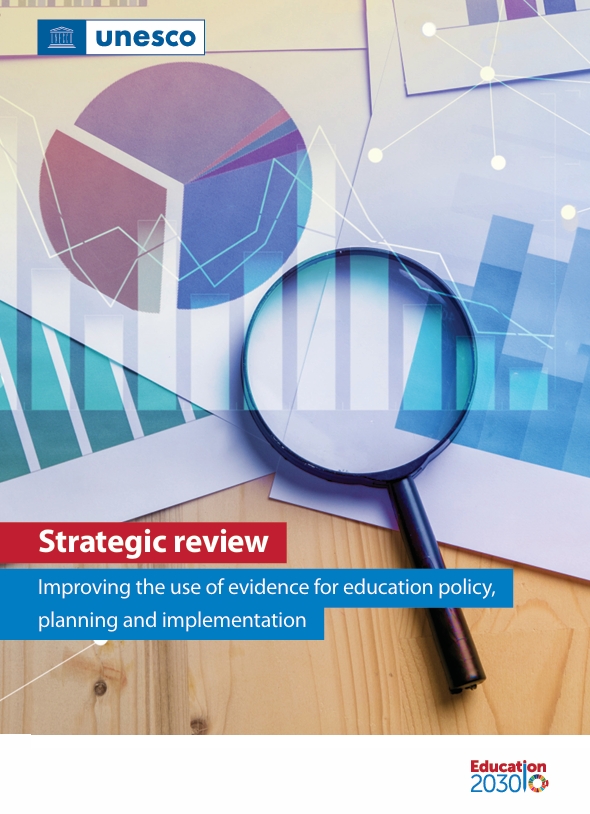International literacy day provides an excellent opportunity to emphasize the importance of inclusive education. This provides all children with a chance to learn, develop, and be a part of society. We celebrate teachers and families who bring literacy to life for children with disabilities. Yes, children with disabilities deserve to experience the joy of reading just like children without disabilities.
When we talk about literacy, we should also think about how we can make teaching and learning environments more inclusive so that no one is left behind. Out of Nepal’s more than 30,000 community schools, only 380 have inclusive classes, which are attached to mainstream schools and support the special needs of children with disabilities, such as those who are deaf, blind or have intellectual disabilities. Fifty of these classes are supported by Humanity & Inclusion in different parts of the country. As part of the project, young children with disabilities are encouraged to attend pre-school where they can learn, play and develop alongside their peers.
Salina has multiple disabilities, which led to her parents keeping her from school. “Without this program, we would have given up on providing the education she needed”, says her father, Nagendra. Jogmaya, a community mobilizer, teaches lessons using various resources for Salina. “She is different—her difference being her willingness to learn”, she says. Salina and her classmates are developing self-esteem and creativity by learning how to make decisions, solve problems and be responsible.
Jogmaya explains the importance of children learning together. “Inclusive education will enable children to become familiar with each other and accept one another in later stages of life without discrimination. It requires the involvement of all existing players beyond schools and teachers: civil society, disabled person’s organizations, social workers and health care at school”, she adds.
Siman has cerebral palsy, which affects his movement and body posture. Through his rehabilitation sessions he has been able to stand and walk more easily. He is back to school. His dream is to become a teacher. The rehabilitation sessions helped Siman to improve his functional skills, prevent secondary disabilities – caused by pressure sore or muscle wasting – and take part in daily activities. After 30 rehabilitation sessions, Siman can now sit, stand and walk on his own. Siman used to have limited mobility and spend most of his time in bed. He is now in grade 3 at a local school in Gorkha, a hilly district in the centre of Nepal.







